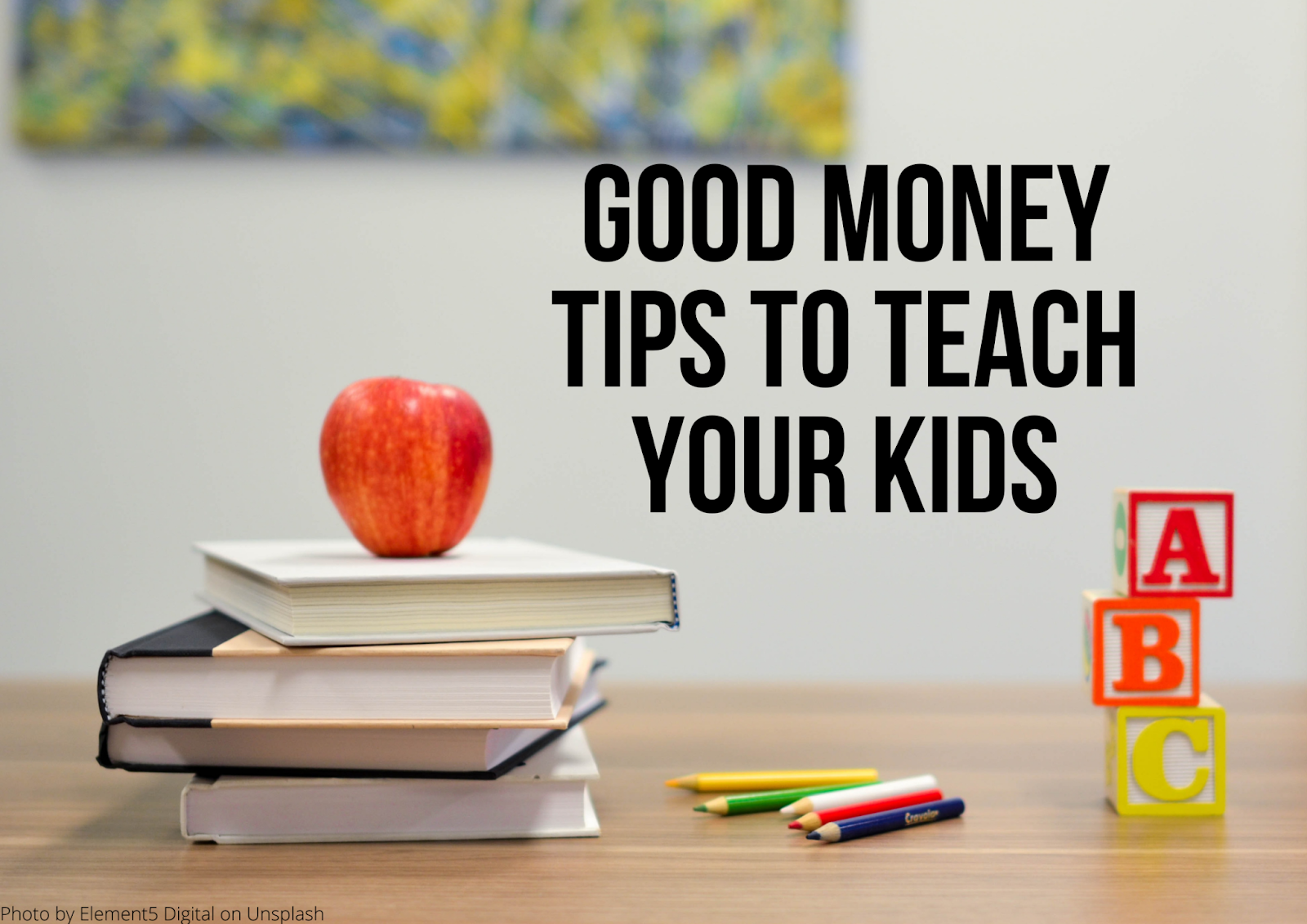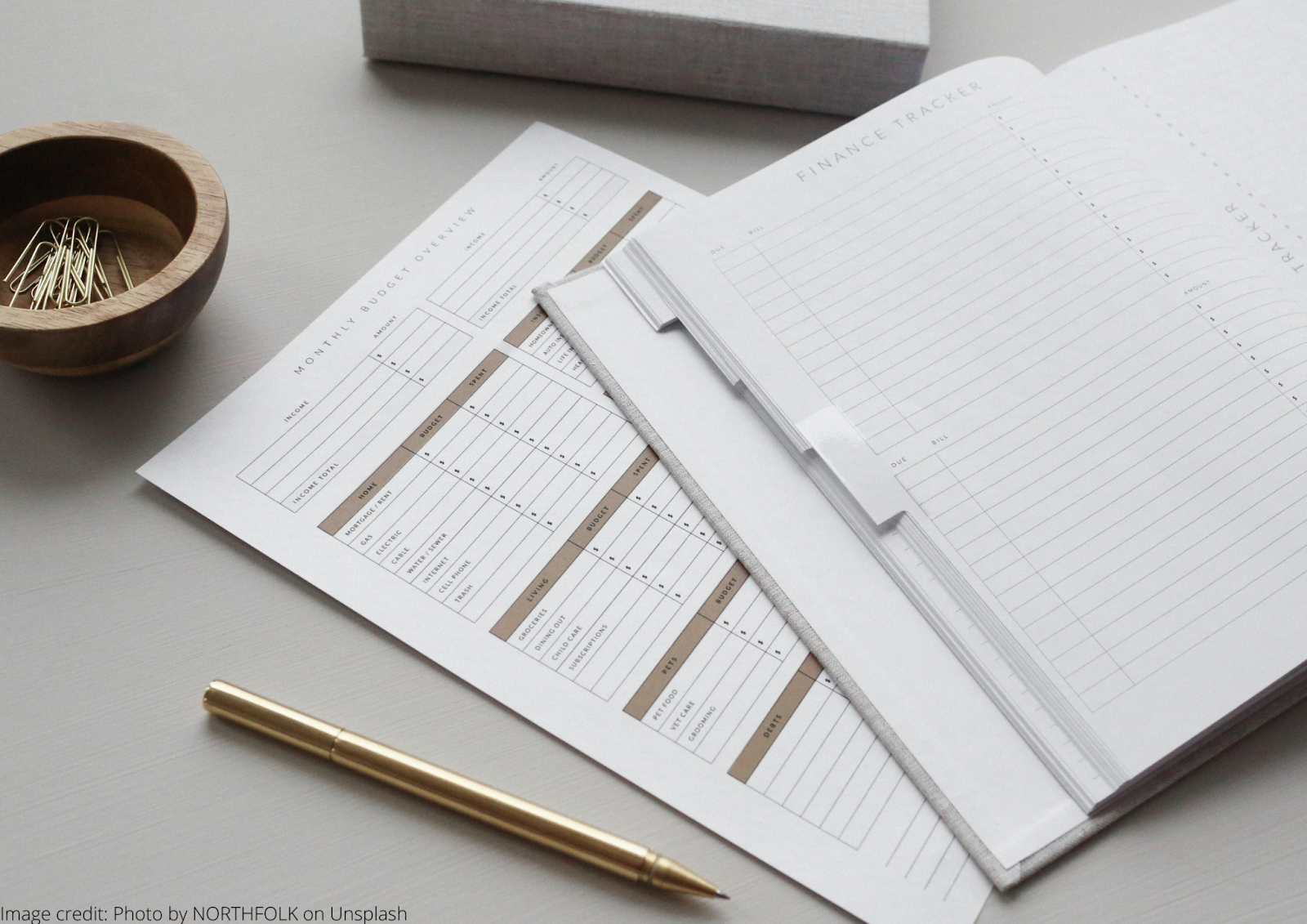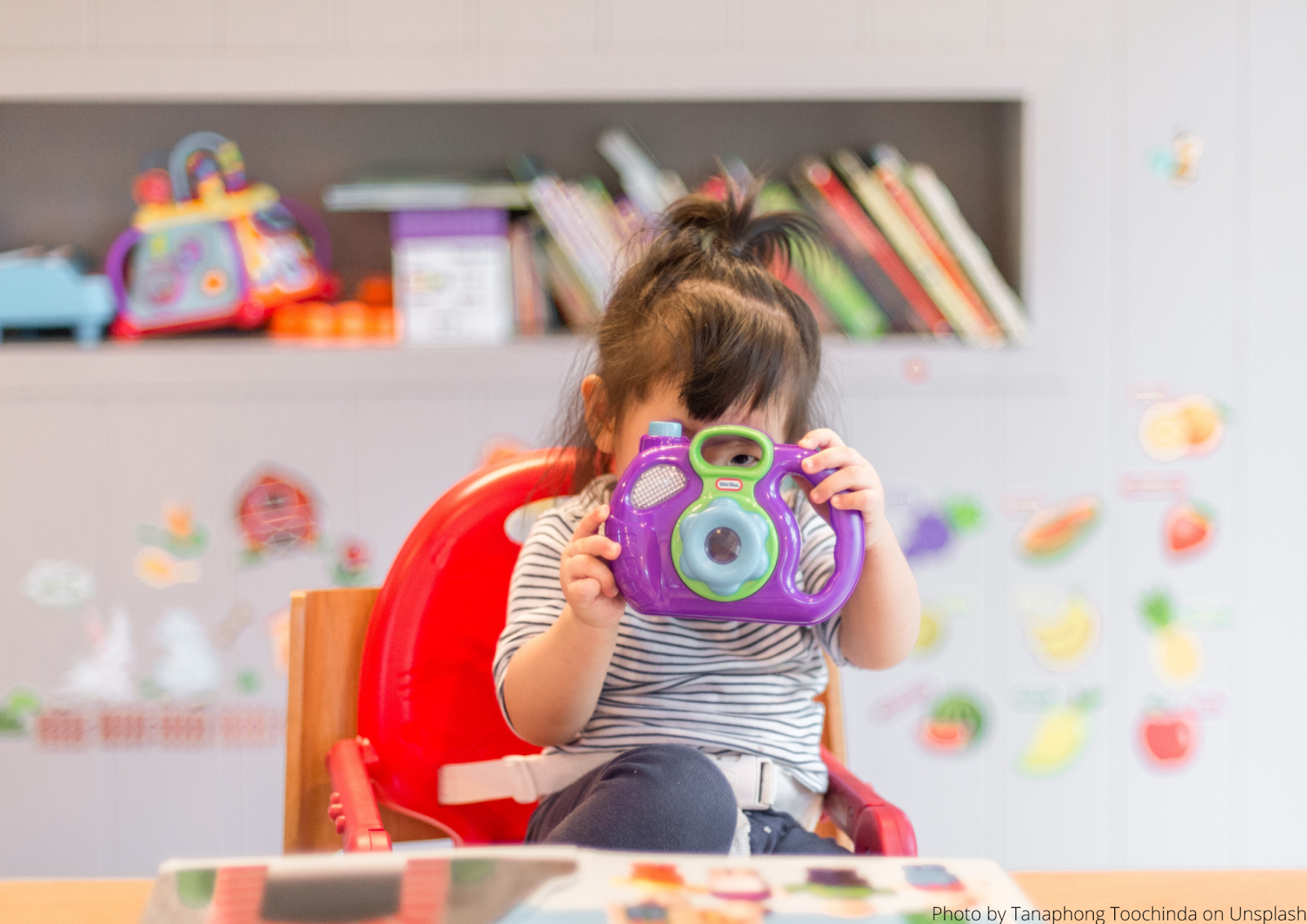Good Money Tips to Teach Your Kids
This article was written in collaboration with Chia Whee Ling from Cardable. Find out more at the end of the article.

As a parent, we are constantly equipping our kids with new knowledge and skills. From young, we teach them how to count, how to read, how to swim, and how to ride a bicycle, but one of the most important life skills that we often miss teaching is how to manage their money.
Research has shown that money habits start to form as early as age 7, so talks on financial management should already start before that. In Singapore, being 7 means that your child will be receiving his/her first pocket money as they begin primary school. So how should we approach that topic? That doesn’t mean you have to sit your 5-year-old down for an hour-long lecture on check and balance (it is impossible!) - but we would need to start somewhere for sure!
Here are 6 easy but important money tips to get your child started on their financial journey:
1) Start talking about money
To start teaching about money management, we need to first start talking about where money comes from. Kids need to know that parents go to work to earn a source of income for the family.
In today’s world, where kids see money magically appear out of automated machines, or things bought on the internet with just a few clicks, it is even more important for us to let them know where money comes from and where it goes. Money is definitely not an infinite resource!
One good way to start talking to kids about money is by reading. Books like “One Cent, Two Cents, Old Cent, New Cent” by Dr. Seuss or “If You Made a Million” by David M. Schwartz are two good books for young children to learn the concept of money.

2) Discuss wants vs. needs

One of the hardest differentiation, even as an adult, is between what is a “want” and what is a “need”. This should be one of the first few financial topics to be discussed with kids.
One way is to sit down together and come up with a list of wants and needs as a family. Items under needs include basics, such as food, shelter, basic clothing, basic transportation, education and healthcare. Wants are the endless extras - from eating out in fancy restaurants, buying the latest toys and gadgets to driving the latest model family car.
This way, we not only involve the child in the family financial planning and at the same time, teach them that it is prudent to always spend on the needs first, before planning to spend on the wants.
3) Let them earn their own money
Kids will usually start receiving pocket money from their parents at the start of primary school, ranging from S$2-S$3 in the lower primary. This pocket money should be sufficient for them to spend on basic needs, with a little more to save and to give - a good starting opportunity to teach kids how to properly manage their money! This can be given in cash for the younger kids, allowing them to learn how to count the physical money or deposited in prepaid Visa cards like Canvas for the older kids who are more financially savvy.
Besides the basic pocket money, you can also provide opportunities for kids to earn extra money. This can include doing extra household chores or selling their used toys/books in a second-hand sale.
This shows them the hard work involved in earning money, thereby making them understand the importance of cautious spending.

4) Cultivate a habit of saving (and giving)
Now that they have started to earn money, it is then time to teach them about saving and giving. Does your kid want a new lego set and is asking you for money to buy them? Teach them to save up themselves instead! You could set the target with them and work out a plan together on how much to save every day. In this way, they learn the important lesson of delayed gratification - working hard towards a goal and getting rewarded at the end.
You can start off with piggy banks or clear jars for the younger kids to save their money and later on set up a proper bank account for the older ones to manage.
And what about giving? Besides spending and saving, a third portion of money management is the emphasis on giving - even Elmo from Sesame Street said so himself! It is good to teach kids from a young age that money can be also used for helping others, and by setting aside a small amount of money for that purpose, children learn to be more appreciative of the money that they have.

5) Track your spending
It is always easy to know where our money comes from, but we are sometimes clueless on where the money actually went. Learning to track your spending is a good habit to start from young and once that becomes a habit, you learn that you can easily manage your finances in adulthood.
For young kids, this can be done on a notebook at the end of everyday, taking out the remaining pocket money and documenting what has been spent that day. For older kids, a proper budgeting spreadsheet can be used for them to key in instead. Or to make it even easier, if they are given their allowance in a prepaid Visa card, like Canvas, all spending is visible and automatically tracked!

6) Practice what you preach
Children learn a lot more by watching how their parents handle money. It is no use teaching them about savings and prudent spending, while we spend extravagantly and living every month from hand to mouth. We need to model good financial behaviour first ourselves before the kids are able to develop their own spending and saving habits. (Read also: 6 Smart Tips for Managing Daily Household and Family Expenses)
Activities like setting a family saving goal, like a family vacation or a new flat-screen TV helps to let the kids see how you plan, budget, save and spend smartly. They will then likely emulate what they have seen into their own financial management and might even chip in towards that family goal!
With the above tips in mind, you can start your kid off to a solid start in financial management. Remember, these tips can also be taught through fun games like Monopoly, Game of Life too! Take the time now to tailor it according to the targeted age group and they will gain the necessary financial skills to guide them during adulthood.

About Cardable | Cardable is the faster, smarter way to shop the best out of your credit cards. With more than 2,000 discounts and promotion codes active anytime, Cardable handpicks shopping discounts, dining promotions, travel deals, and more to help your credit cards add that extra value to your pocket. Use Cardable. Your credit cards will thank you for it.
About Canvas: HERE
Want to know more about the Canvas prepaid debit card and App and get the Cardable special offer of $10 free credit per child card and 30-day free trial? Sign Up Now:

